7 Fascinating Louisiana Swamp & Bayou Animals
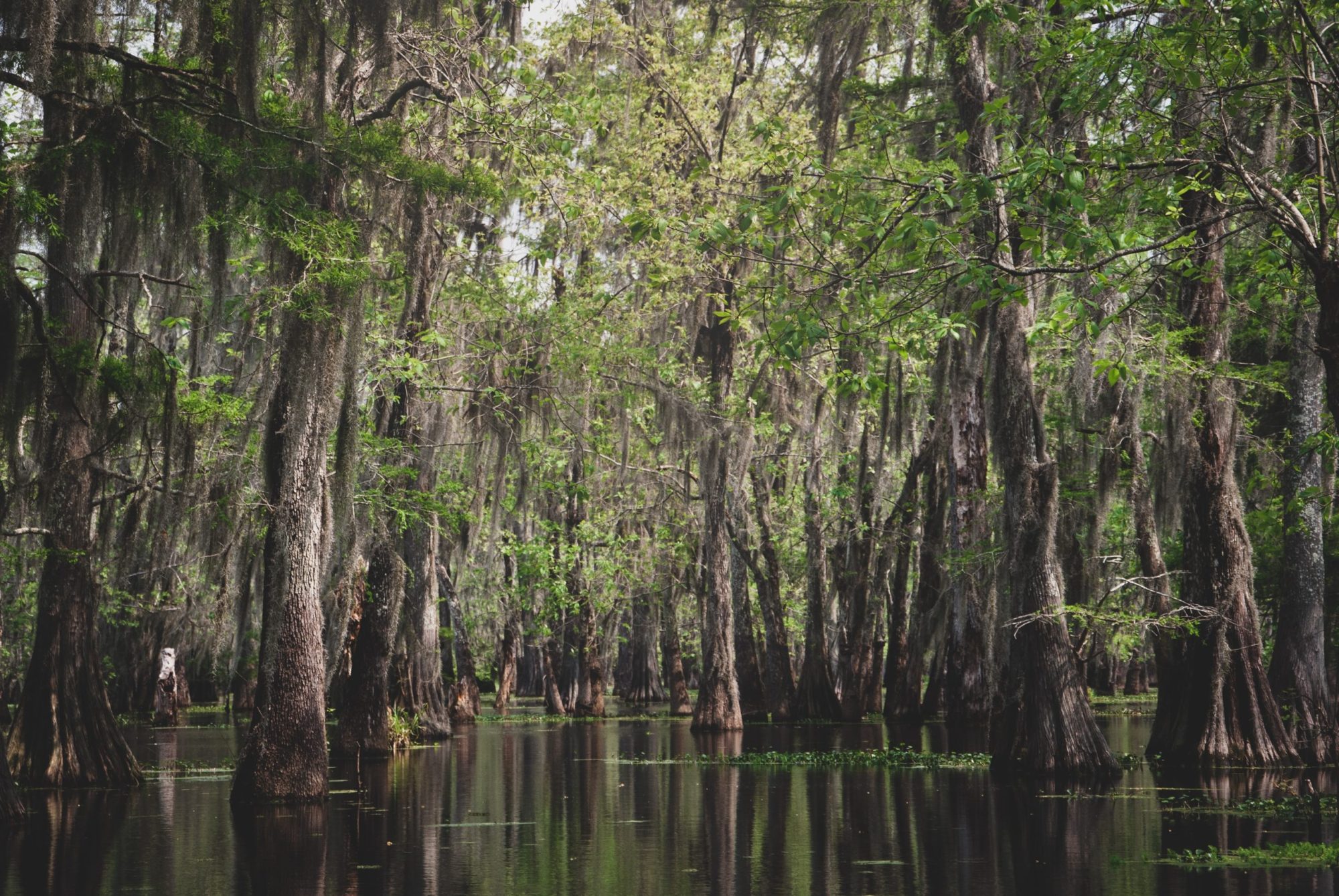
Louisiana’s wild swamps and bayous have long captivated early settlers, writers, and modern-day visitors. Though often represented as dangerous and untamed, the Louisiana wetlands never fail to entice travelers and historians with their lush Spanish moss, twisted cypress trees, and hundreds of exotic plant and animal species.
Encompassing nearly 3 million acres, the bayous near New Orleans and throughout the state support the lives of alligators, blue herons, more than 100 fish species, and many birds like hawks and eagles. If you find yourself in New Orleans, there are so many ways to experience these diverse wetlands. Kayak and airboat tours are popular activities for immersing yourself in this vast wilderness.
History of Louisiana’s Swamps & Bayous
The bayous around New Orleans and the rest of Louisiana formed over thousands of years from inlets and outlets of the Mississippi River. Often confused with swamps, bayous tend to appear stagnant, calm, or slow-moving and are made up of brackish water (a mixture of saltwater and freshwater). They are fed by lakes or rivers. Swamps, on the other hand, tend to be more forested and are fed by surface water or groundwater.
Native Americans have inhabited the Louisiana bayous and swamps for over a thousand years. In fact, the name bayou comes from the Choctaw word “bayok,” or “small stream.” Cajun and Creole cultures also have a deep connection with the bayous and swamps near New Orleans since they lived near the wetlands and depended on them for sustenance.
Swamps and bayous appear throughout Cajun folklore and popular literature. There’s the tale of the Rougarou, a sort of swamp werewolf, and the legend of the Honey Island swamp monster. Much of the acclaimed 1853 narrative Twelve Years a Slave takes place in Louisiana’s “Great Pacoudrie Swamp.”
Hear the story of the Rougarou swamp monster on a New Orleans bayou tour.
Animals That Live in Louisiana’s Swamps
Aside from the region’s natural beauty, the wildlife that inhabits Louisiana swamps is one of the top attractions that draws visitors to New Orleans. There are so many tour options located near the city, giving guests the chance to venture into the bayou and see exotic animals indigenous to Louisiana. Here are some of the animals you might see on a New Orleans swamp tour.
American Alligator
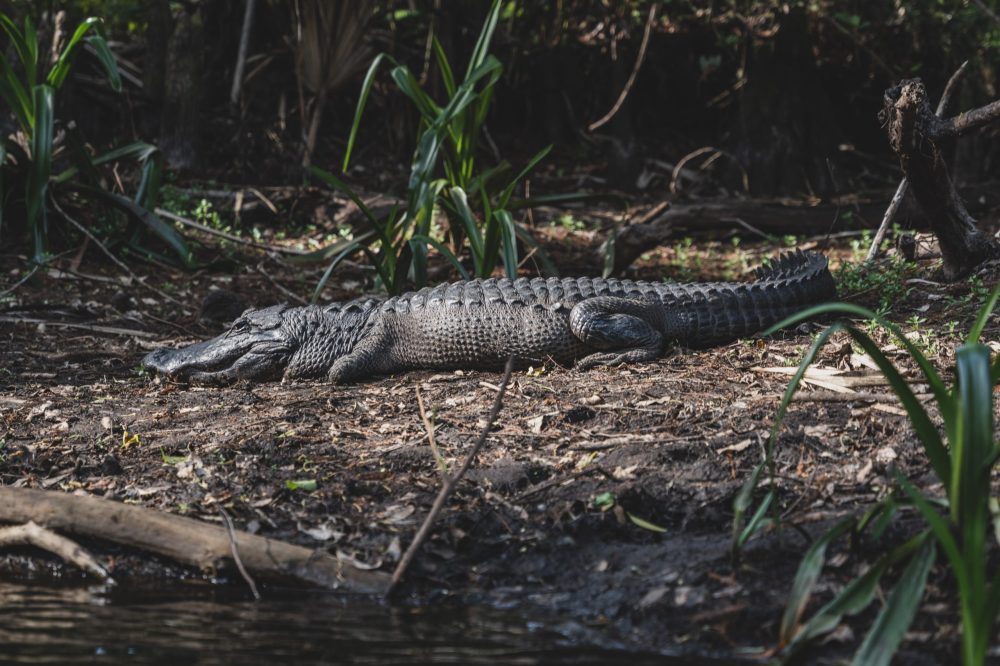
The alligator is everyone’s favorite swamp animal, and it’ll be the highlight of your vacation should you get the chance to spot one in the wild. The largest reptile in the United States, alligators can live up to 80 years and are a very common occurrence in Louisiana. There are close to 2 million alligators found in the state!
See an alligator in person on a thrilling airboat tour.
Wild Pig
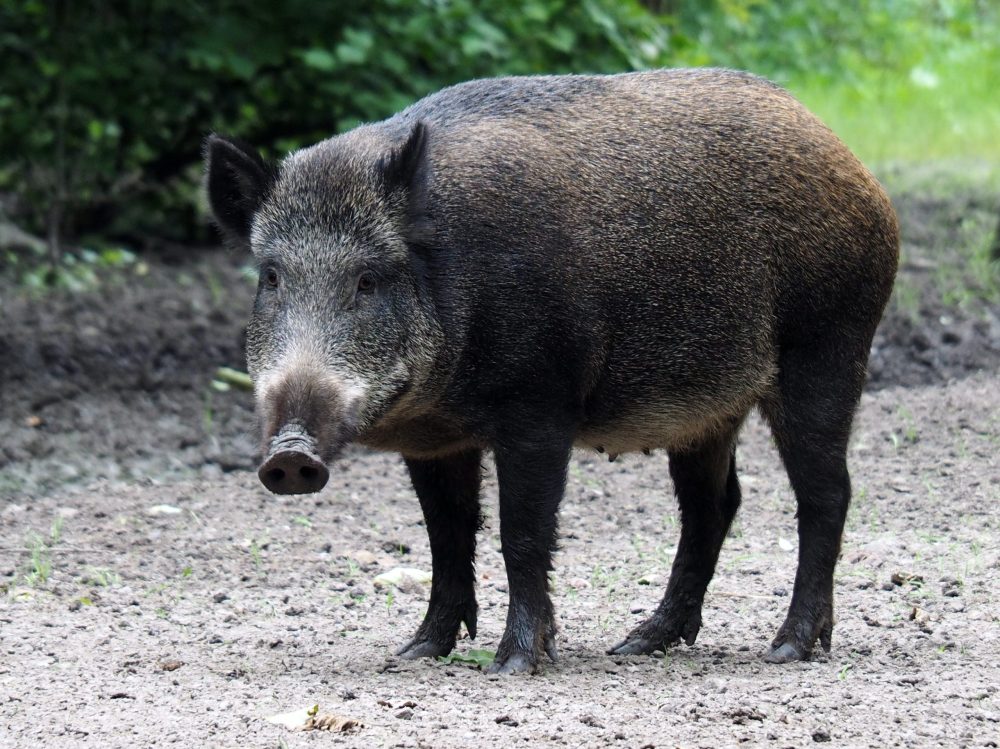
Louisiana’s feral hog population is around 700,000 and growing. Feral hogs are considered an invasive species that is known to uproot plants, increase erosion, and contaminate waterways. Wild pigs are typically black, with longer fur than their barnyard cousins, and tend to travel in groups, foraging for wetland plants.
Nutria
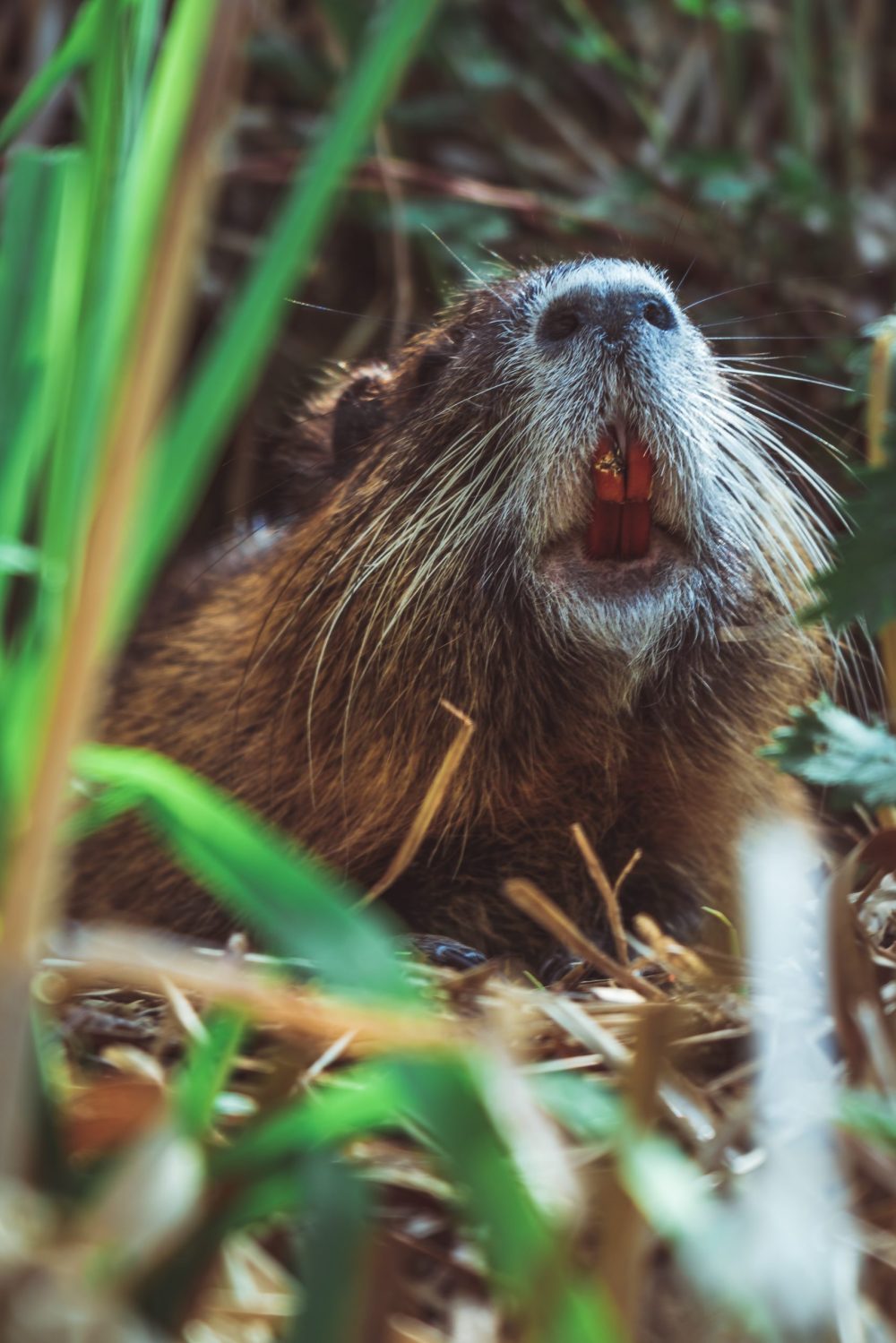
Nutria, or river rats, are large, invasive rodents that live in the Louisiana bayous. While they’re certainly not as big (or frightening!) as the Rodents of Unusual Size in the popular movie “The Princess Bride,” they’re definitely no city rat. These semi-aquatic, webbed-toe rodents are a bit smaller than a beaver and thrive in the marshes near New Orleans. They feed on the roots of marsh plants, making it hard for the plants to grow back. The most shocking characteristic of the nutria is their Cheeto-orange front teeth.
Otter
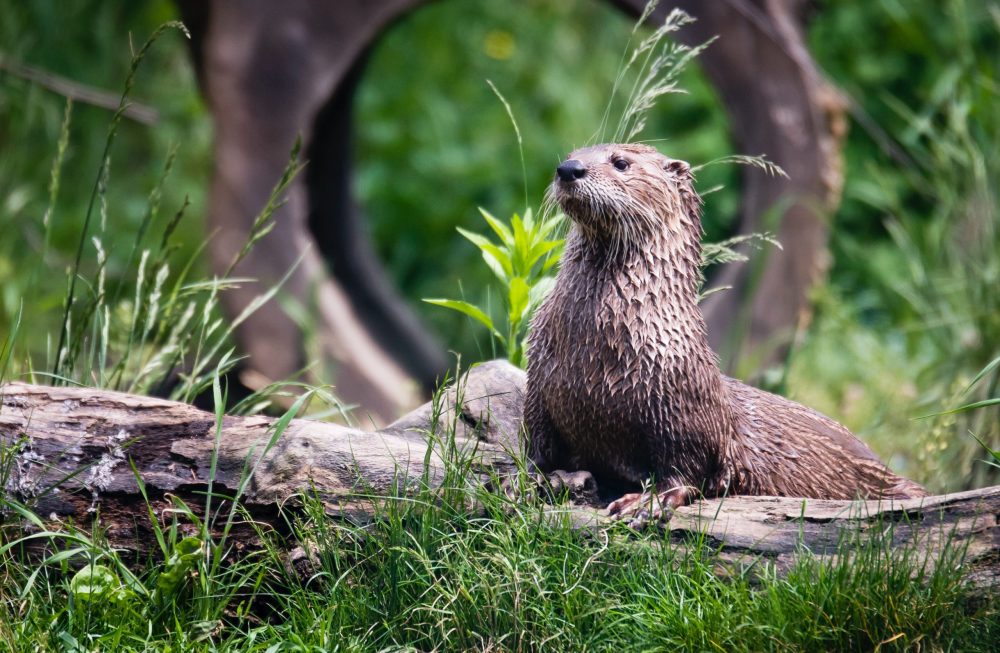
One of the cuter critters you’ll find in the Louisiana swamps, river otters are playful and fast swimmers. They burrow in the riverbank so they have easy access to the water. Otters use their webbed feet to propel themselves through the water in search of fish, frogs, and crabs. See if you can spot an otter on a peaceful kayak tour.
Turtles
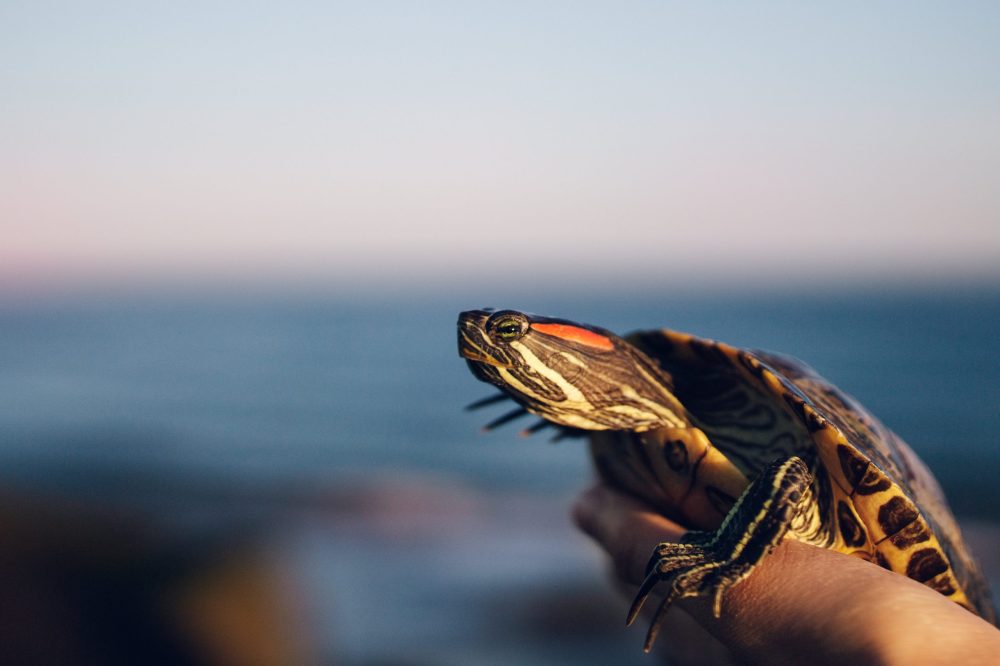
If you’re in search of turtles around the New Orleans swamps, keep your eyes on logs and rocks where turtles come up to sun themselves. From the alligator snapping turtle to the red-eared turtle, there are over two dozen species hiding in the Louisiana wetlands.
Birds

Louisiana is a bird watcher’s paradise! Egrets and great blue herons scoop fish from the shallow waters of the bayous, while bald eagles have been known to nest in the sturdy cypress trees. Other birds you can spot on a Louisiana swamp tour include owls, cranes, pelicans, hawks, and more. Your best bet for bird watching is on a kayak tour, since birds might get scared away by loud boat motors.
Snakes
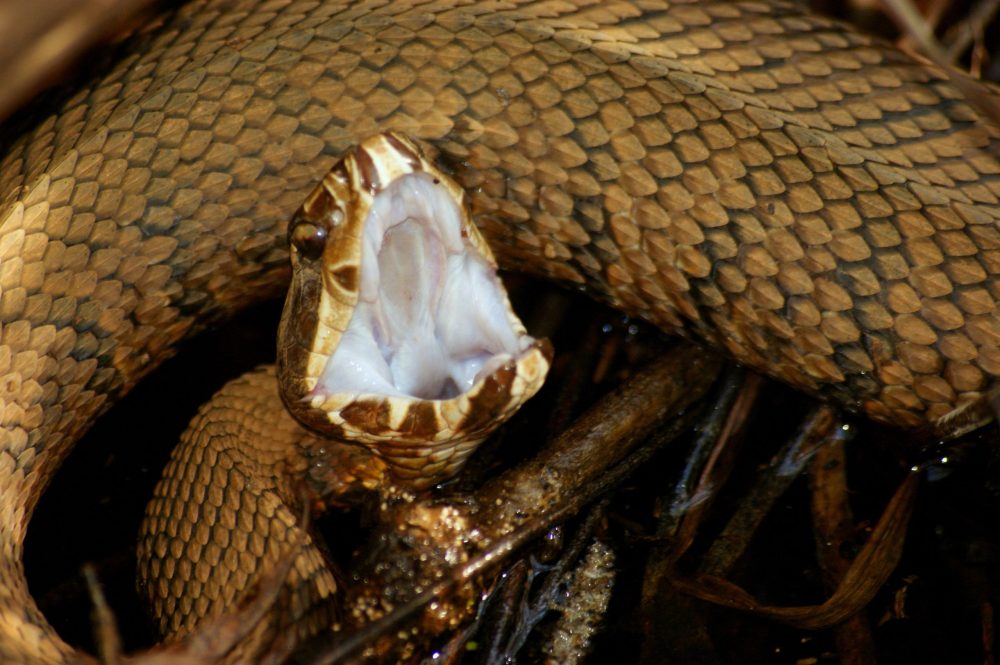
As with many wetland regions, Louisiana’s swamps are a fitting habitat for snakes like Western cottonmouth pit vipers, copperheads, speckled king snakes, and corn snakes. While cottonmouths and copperheads are two of the state’s seven venomous snake species, the speckled king snake hunts by constricting its prey. No need to worry – snakes are generally not aggressive.
Are you eager to get out into the swamps and spot some wildlife? You’ll have a better chance of seeing alligators or other well-known swamp animals if you go on a tour with a guide who knows all the places these animals frequent. Whether you’d like to get some exercise on a kayak adventure or let your captain do the work on an airboat tour, the swamps near New Orleans are a must-see Louisiana attraction.
